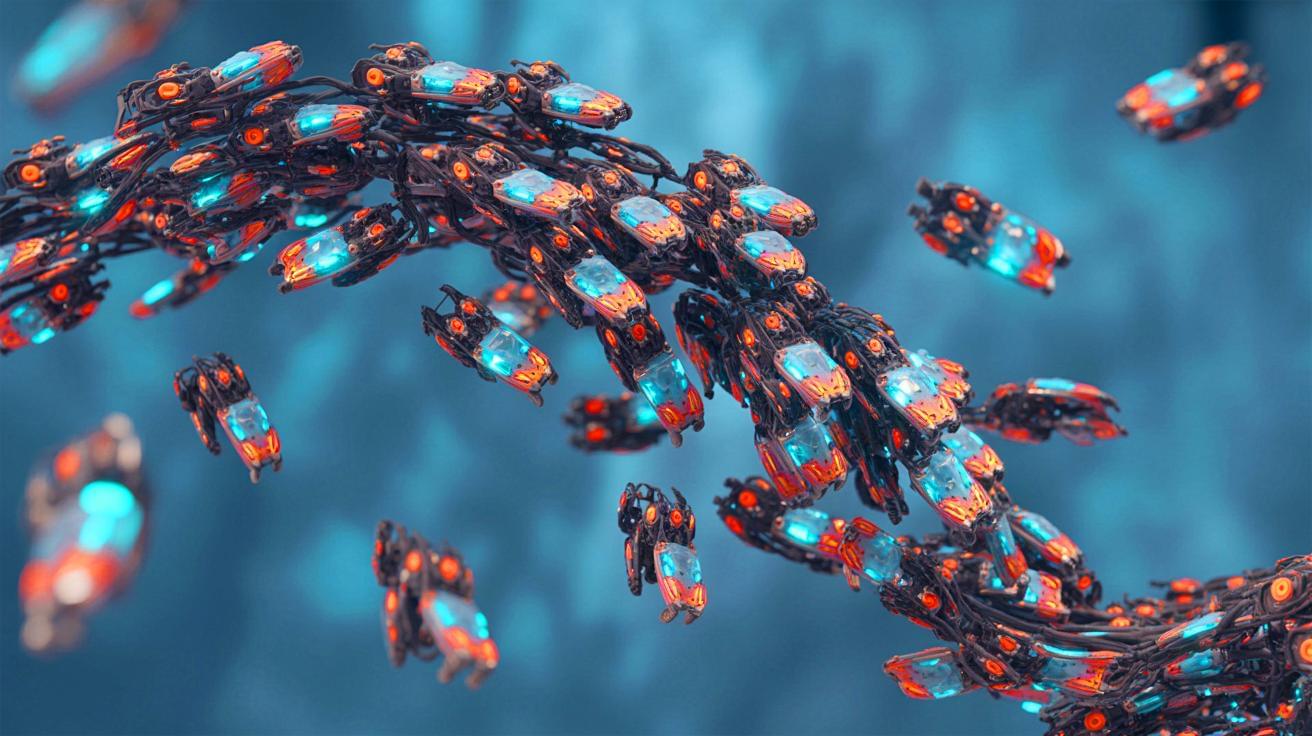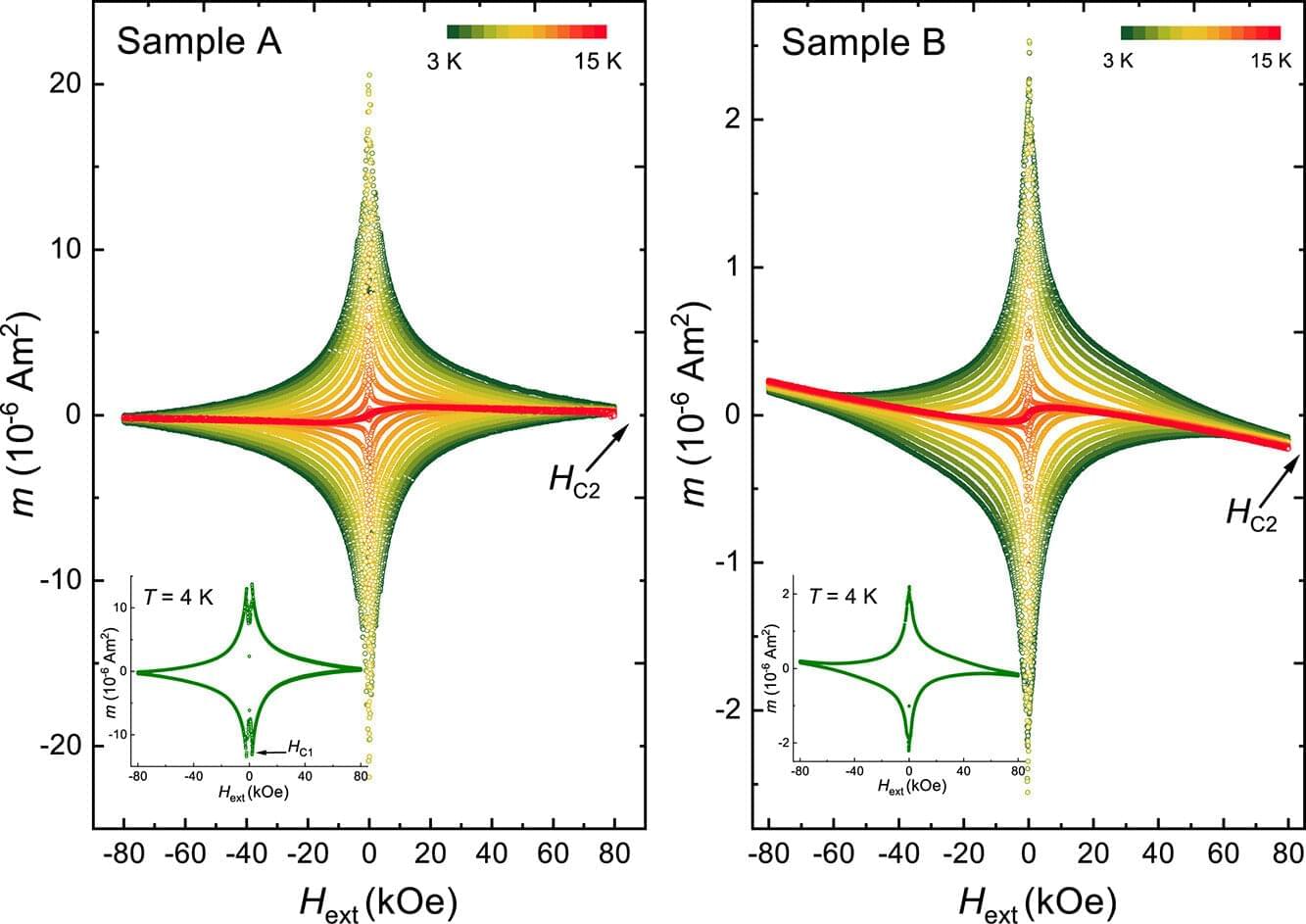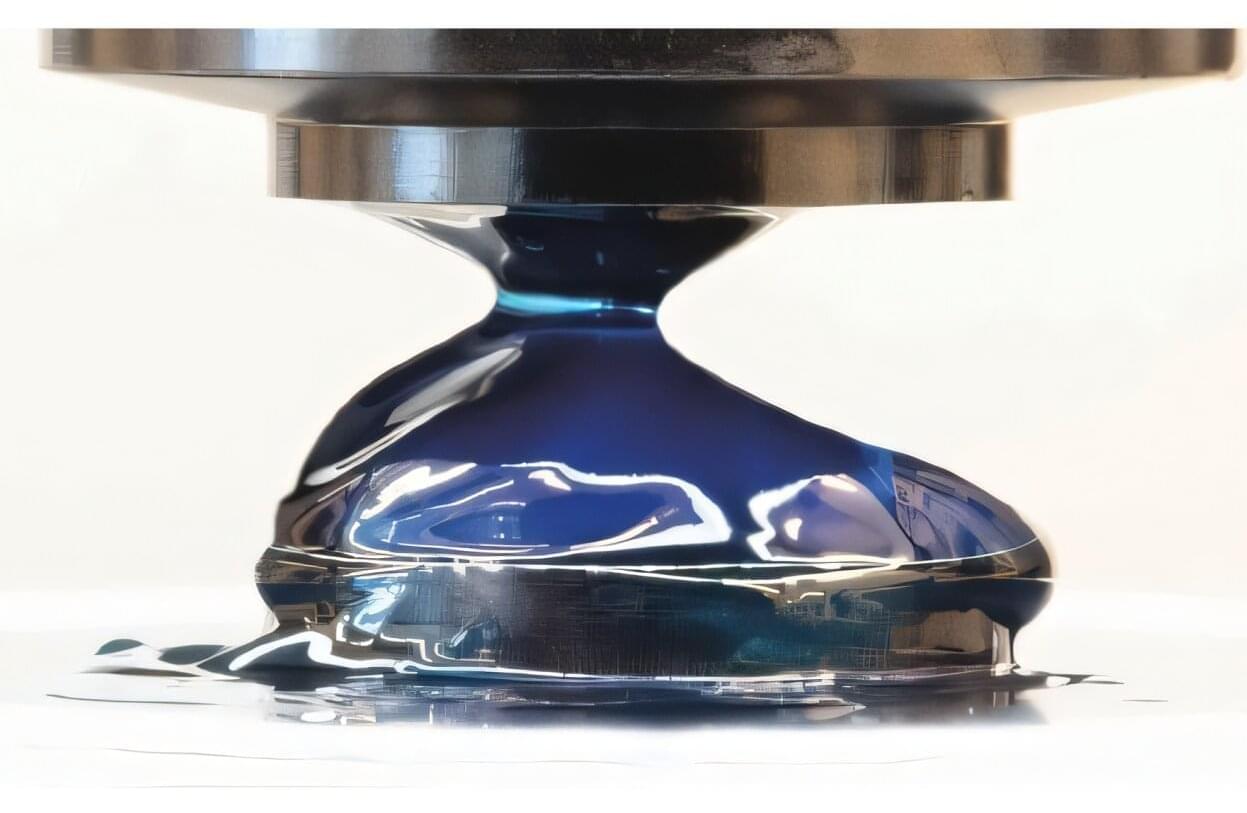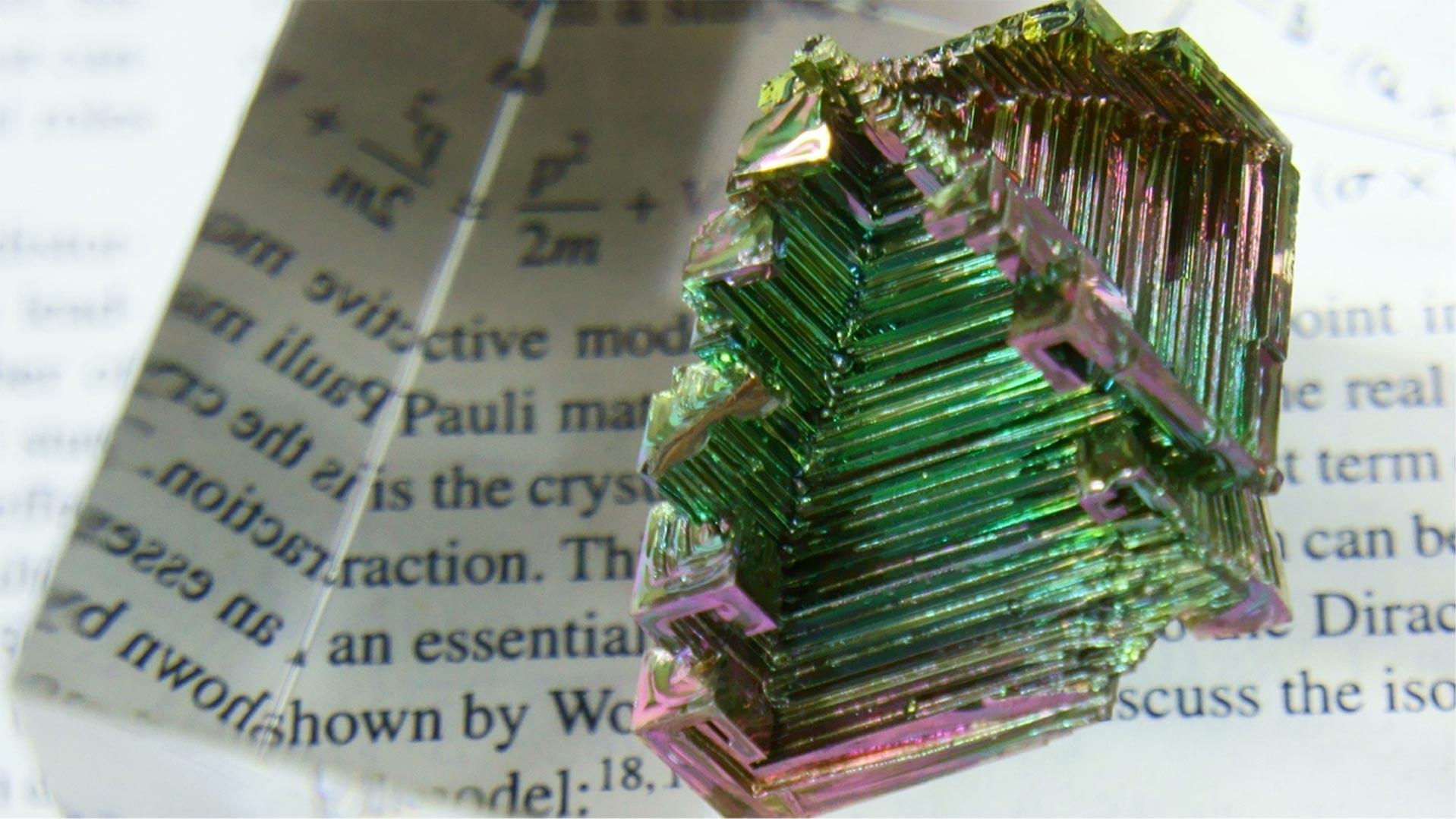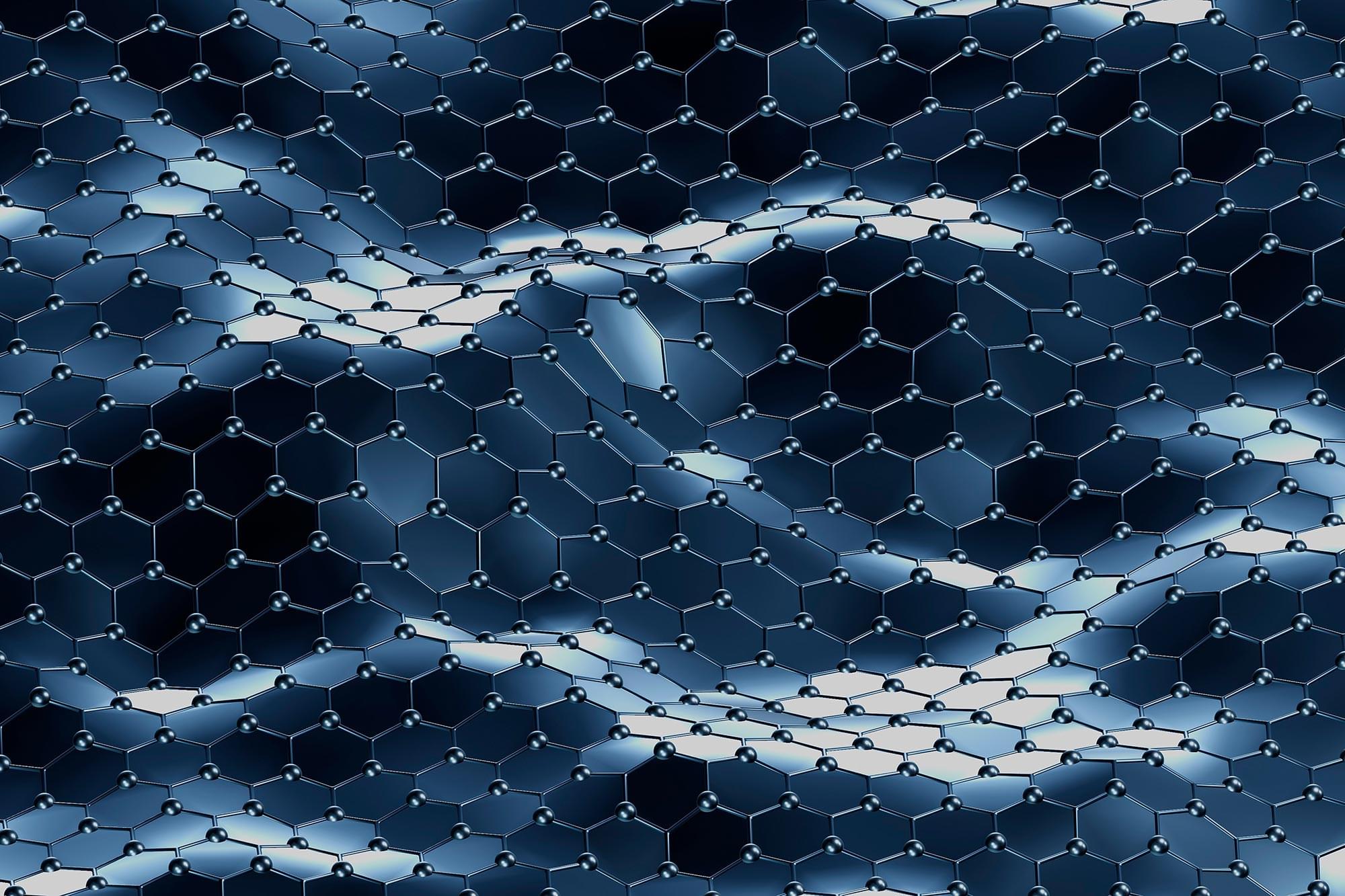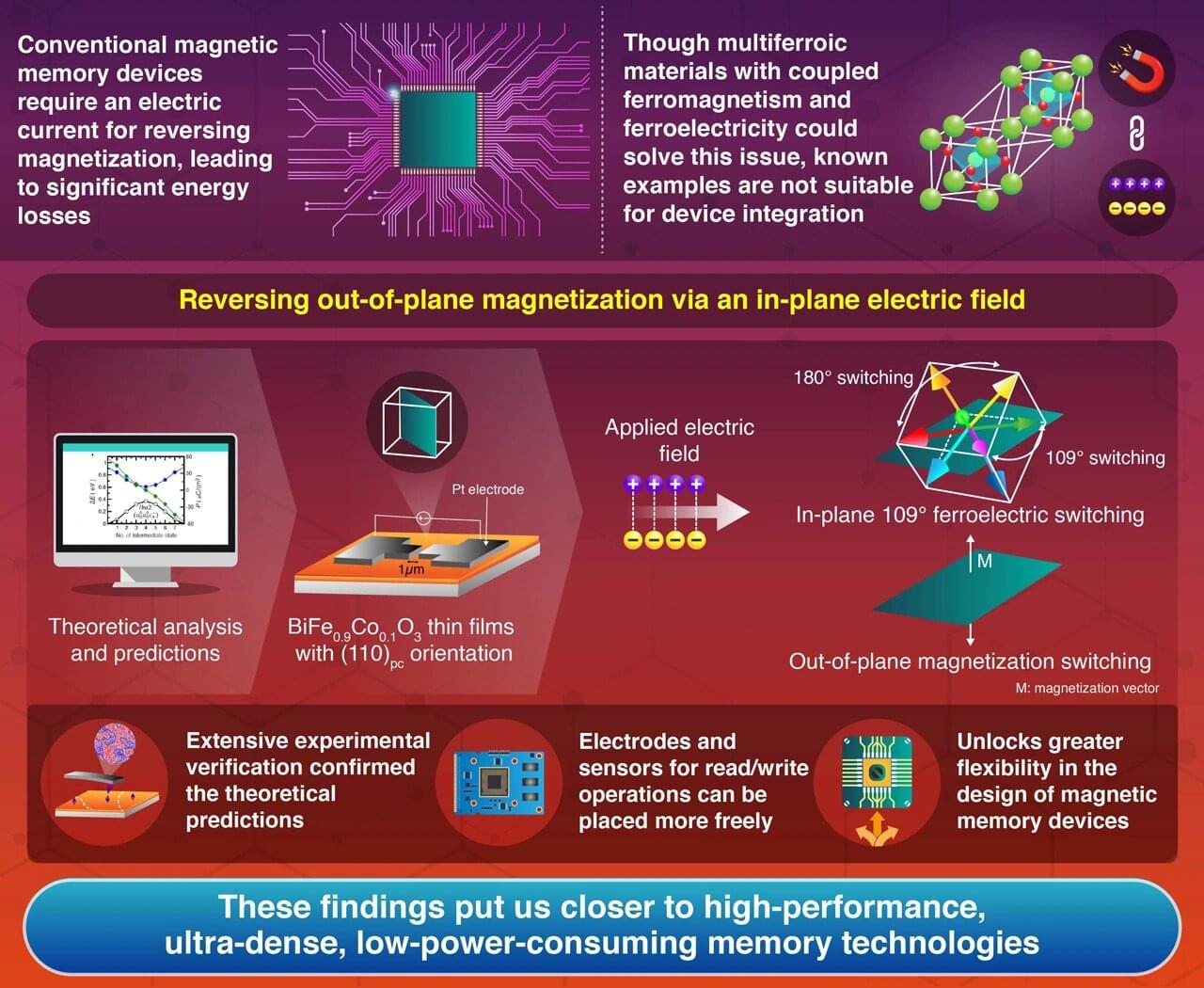Quantum materials exhibit remarkable emergent properties when they are excited by external sources. However, these excited states decay rapidly once the excitation is removed, limiting their practical applications.
A team of researchers from Harvard University and the Paul Scherrer Institute PSI have now demonstrated an approach to stabilize these fleeting states and probe their quantum behavior using bright X-ray flashes from the X-ray free electron laser SwissFEL at PSI. The findings are published in the journal Nature Materials.
Some materials exhibit fascinating quantum properties that can lead to transformative technologies, from lossless electronics to high-capacity batteries. However, when these materials are in their natural state, these properties remain hidden, and scientists need to gently ask for them to pop up.

